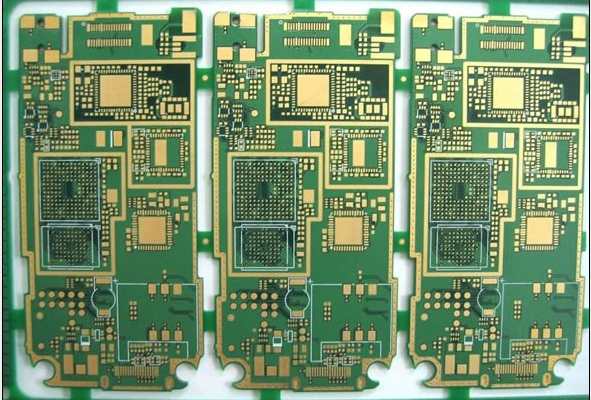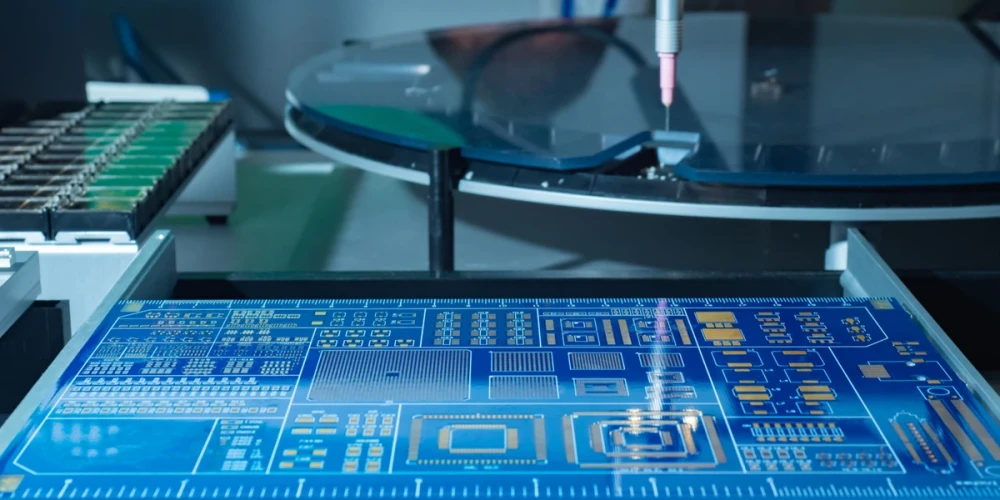Printed circuit boards (PCBs) are an essential part of building electronic devices and products. Choosing the right PCB provider is crucial to ensure high-quality boards delivered on time and within budget. This guide will walk you through the key factors to consider when selecting a PCB manufacturing partner.
Research PCB Manufacturers
The first step is to research potential PCB providers. Look for manufacturers that specialize in the type of board you need fabricated. Here are some options to consider:
Domestic vs. Overseas
- Domestic PCB manufacturers are located within your country. They typically have faster turnaround times and may provide better customer service. However, their costs are usually higher.
- Overseas PCB manufacturers are located abroad, mostly in China. They offer very competitive pricing but have longer lead times. Communication may be more difficult due to language barriers.
Prototype vs. Production
- Prototype PCB manufacturers specialize in low volume orders for testing new designs. They prioritize fast turnaround over lowest cost.
- Production PCB manufacturers optimize for higher volume orders of boards already tested. They focus on keeping costs low.
Specialized Services
Some providers offer specialized services:
- Quick-turn for boards needed in 3-5 days
- HDI (High Density Interconnect) for complex, multilayer boards
- Flexible PCBs using flexible substrates
- Aluminum-based PCBs for high thermal performance
Evaluate PCB Manufacturers
Once you have identified some potential PCB partners, dig deeper into their capabilities, quality, and costs.
Capabilities
- Technology – What PCB materials and geometries can they manufacture? Do they have modern equipment?
- Volumes – What is their production capacity? Do they have experience with orders your size?
- Services – Do they offer assembly? What design rules do they support?
- Quality certifications – Are they ISO 9001 or ISO 13485 certified?
Quality
- Sample evaluation – Does a sample board meet your requirements for tolerances, solder mask, silkscreen, etc?
- First pass yield – What is their first pass yield rate? Above 90% is generally good.
- Reviews – Check reviews on sites like PCBDirectory to see unfiltered customer feedback.
Costs
- Pricing structure – Is pricing clearly laid out? Do they offer discounts on higher volumes?
- NRE fees – What non-recurring engineering fees do they charge for fabricating new designs?
- Shipping costs – Who covers shipping expenses and duties for different order sizes?
Manufacturing Capabilities Comparison
| PCB Provider | Location | Turnaround Time | Capabilities | Volumes Supported |
|---|---|---|---|---|
| ACME Circuits | USA | 2 weeks | 2-14 layers FR4 | Medium to high |
| CircuitMaker | China | 3 weeks | 6-12 layers FR4 | High volume production |
| EuroCircuits | Europe | 1 week | HDI, Flex PCBs | Low to medium |
Submitting Your PCB Design

Once you have selected a PCB partner, you’re ready to submit your design files. Here’s what you’ll need:
Gerber Files
Gerber files contain PCB fabrication data in a standard format. Provide detailed layers:
- Copper layers
- Silkscreen layer
- Solder mask layer
- Drill file
- Edge cut layer
Bill of Materials
The BOM lists all components to be mounted on the assembled PCB. Include reference designators, values, and part numbers.
Assembly Files
If you need assembled PCBs, also provide:
- Centroid file for pick and place
- XY placement .csv file
Design Rules/Stackup
Provide your target stackup and preferred design rules if required by the PCB manufacturer.
Documentation
Any relevant schematics, data sheets, assembly drawings, or other docs.
Selecting a PCB Assembly Partner
If you need fully assembled PCBs, you’ll also need to partner with an electronics manufacturing services (EMS) provider for assembly. Consider some of the same factors as the PCB manufacturer:
- Technical capabilities – SMT, through-hole, mixed, box builds
- Volume support – Prototypes vs. production
- Quality processes
- Pricing – Component costs, NREs, assembly costs per unit
- Convenient location for supply chain
The PCB and assembly providers don’t necessarily need to be the same company. Some prefer to use specialized assembly partners to integrate their boards into full systems.
Keys to Success

Follow these best practices when outsourcing PCB fabrication and assembly:
- Start early – Get quotes and evaluate PCB partners before finalizing your design.
- Follow design rules – Use their design rule checks to avoid issues.
- Optimize design for manufacturing – Design for ease of assembly and cost-savings.
- Collaborate – Maintain good communication with your PCB partner during the process.
- Plan for quality management – Perform incoming quality checks and verify processes.
- Demand controlled supply chain – Manage inventory and forecast demand precisely.
- Build long-term partnerships – Develop trusted relationships for repeat business.
Frequently Asked Questions
Why should I use an external PCB manufacturer?
External PCB manufacturers have dedicated expertise, equipment, and production capabilities that are difficult and expensive to replicate in-house. Outsourcing allows you to focus your in-house resources on design and innovation while leaving manufacturing to specialists.
How do I check the quality of a PCB manufacturer?
Request PCB samples to inspect their quality firsthand. Review their first pass yield rates, ask for customer referrals, check quality certifications like ISO 9001, and confirm they test boards before shipping. Auditing their process directly is ideal.
What are the risks of using cheap, overseas PCB manufacturers?
Cheap overseas PCB makers often cut corners that increase risks. Lack of quality systems can lead to low yields. Insufficient testing and poor handling practices can reduce reliability. Lengthy shipping also introduces more opportunities for damage. Do thorough due diligence to minimize risks.
Can PCB manufacturers assemble my boards too?
Many PCB companies partner with electronics manufacturing services (EMS) providers to offer full PCB assembly. However, the best PCB fabrication and best assembly don’t have to be done by the same provider. Some prefer the flexibility of separating PCB manufacture and component assembly.
How can I reduce costs when outsourcing PCB production?
Ways to reduce PCB production costs include: consolidating orders to increase volume, standardizing designs, minimizing layer counts, using cheaper laminates like FR4, eliminating any unnecessary precision requirements, and having competition among multiple suppliers during quoting.






Leave a Reply